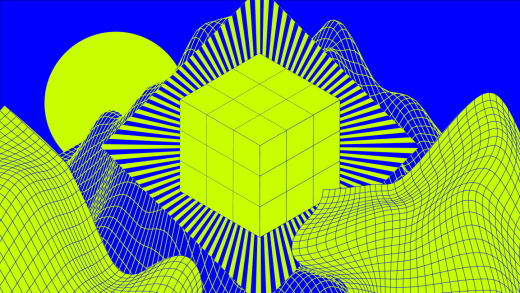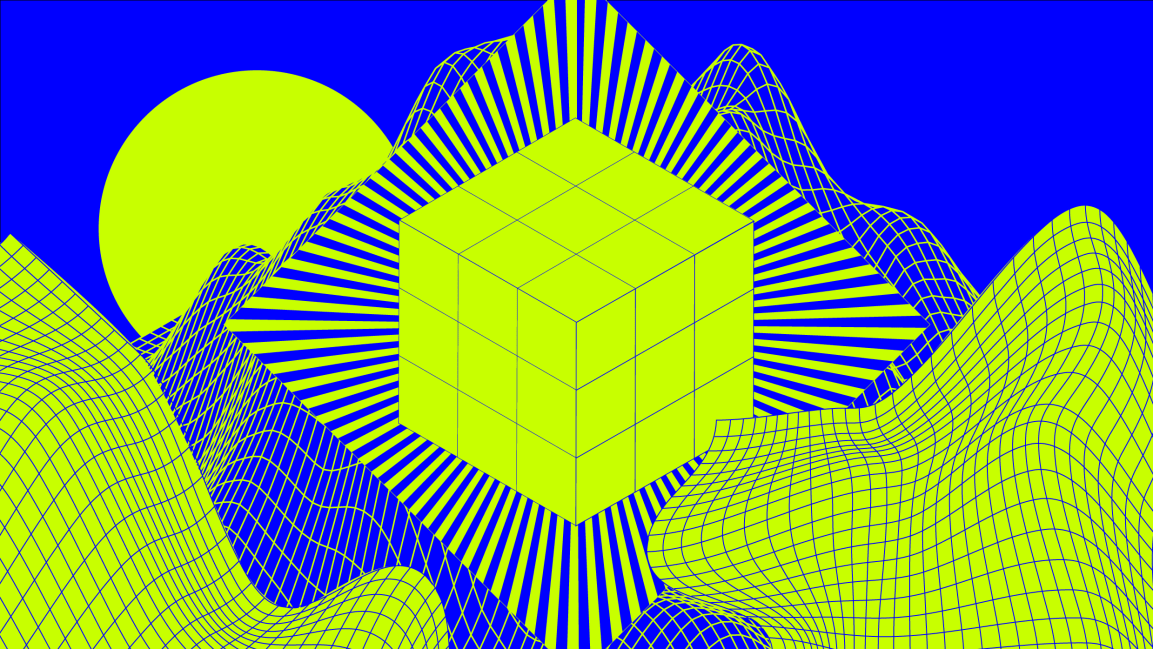Three ways to design for everyone—and the planet
When American inventor Eli Whitney invented the cotton gin in 1793, he made it easier to separate cotton fibers from their seeds: more cotton could be processed, so more cotton had to be picked. Whitney’s invention shaped the economy of the Antebellum South, but it also prolonged slave labor for decades. His design only served one part of the population.
Over the centuries, design has solved countless problems, but it has created them, too. “How we recognize that and make amends for that is the great work that design has to do,” says Dori Tunstall, dean of the faculty of design at OCAD University. Together with Jake Barton, founder of the experience design studio Local Projects, and Felipe Memória, founding partner of Work & Co, Tunstall took part in a panel at this year’s Fast Company Innovation Festival to discuss design as a force of progressive change. (All three are also featured in Fast Company‘s new book Innovation by Design: Creative Ideas That Transform The Way We Live And Work.)
As we continue to ride a wave of reckoning with social justice and the environmental crisis we are steeped in, good design is becoming an increasingly important tool that can help us discern the multiple facets of these problems, and solve them, one facet at a time. But what exactly is good design, and how can it be harnessed in a way that considers every single part of the population and the planet?
Respectful design
According to Tunstall, the first step in our quest for good design is recognizing the ramifications of bad design. “In many ways, design has been disrespectful,” she says, and particularly so for Indigenous, Black, and other marginalized communities. Tunstall cites the fashion industry, where Indigenous motifs are constantly appropriated, but the pattern is equally pervasive in urban planning (eminent domain policies wiping out entire Black and Brown neighborhoods), AI (algorithm bias engendering racial inequalities), and pretty much every other industry imaginable.
For Tunstall, the key is respectful design. “It’s about how we value different ways of knowing, different ways of being, and value our relationship with the environment,” she says. Diversifying design can pave the way for a more inclusive, equitable, and progressive future. As she puts it: “Having diversity in-house becomes an important way to bring new decisions, new ideals, and new innovations of how design can operate from this sense for everyone.”
Democratic design
In many ways, a diverse approach to design means a democratic approach. Last year, digital agency Work & Co designed a digital, live version of the New York subway map that provides real-time information about any service changes, construction updates, and more. Most noticeably, the live map can’t be found on an app, but rather on a browser. Memória says that building an app would have excluded certain people. “The web is a much more democratic place,” he says, “every phone can open a website and use the map.”
With over 161 possible connections, the New York City subway system has been identified as the most complex subway system in the world. Stations need upgrades, trains need repairs, signal failures cause problems across entire lines. The twist, of course, is that the subway operates 24/7 so repairs need to be done while trains continue to operate, and communicating that ever-changing information with posters and notices slapped on subway station poles poses nothing short of a logistical nightmare. “By definition, I think that the printed medium could never actually solve that problem,” says Memória.
By contrast, a digital map can communicate information in a dynamic, and inclusive way through clear visuals where the knowledge of English or even literacy isn’t necessary. “You look at it and you get it,” says Memória. The map is a winner of Fast Company‘s 2021 Innovation by Design Awards.
Truthful design
Clear communication is part and parcel of good design, but it also has to tell the truth. For Jake Barton of Local Projects (which is Fast Company‘s 2021 Design Company of the Year), design can shine a light on even the most traumatic of histories. Most recently, the exhibition designers behind the National September 11 Memorial & Museum designed Greenwood Rising, a museum dedicated to the infamous 1921 Tulsa Race Massacre. The museum opened 100 years after a white mob rushed into the historically Black district of Greenwood and burned it to the ground. “As storytellers, we feel it’s critical to bear witness to this Centennial massacre event and tell the story of what happened in Greenwood so the history can never be buried again,” Barton says.
For Barton, museums can bring about a collective understanding of our history, especially when the facts of the massacre were willfully buried for decades. “If you don’t agree on what happened on this very soil, how can you even talk about making amends?”
Ultimately, good design (and good museums) can help us right the wrongs of the past by acknowledging trauma and making room for the mistakes we have made. “America frankly has an amazing cyclical ability to will itself into forgetting the things it’s done in the past all under the guise of moving forward,” he says. “This moment in time is specifically about collective public witness with the aim of moving forward.”
(41)



